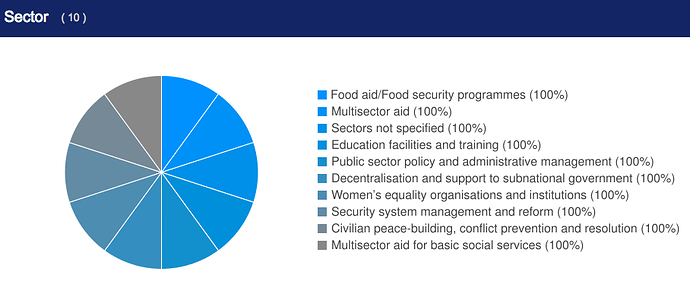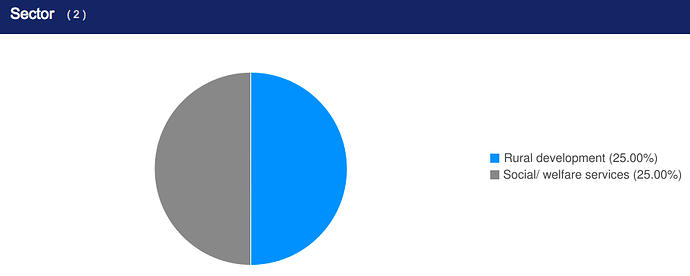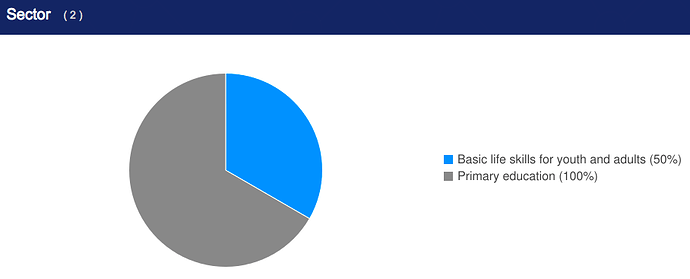(posting this in Data Quality to begin with…)
The IATI Rulesets are a set of conditions that it would be very useful for any IATI publisher to consider in their publication.
These are not enforced at the schema level, but additional. Think of these rules as the bits of “guidance” you often see in the IATI schema, which are then represented as rules to help us use them! They represent logic (eg start date before end date!) and conditions (percenrages of multiple countries should add to 100%) and other things!
These rulesets are very important, and have long been available around IATI. We know that they are not currently used in the “official IATI validator”, but are used by others. At Open Data Services, we use the rulesets in our tools, for example.
Who else uses the rulsets? @rolfkleef @rbesseling @JohnAdams maybe?
Looking at the current IATI rules, and in discussion with others such as @YohannaLoucheur @Herman @robredpath & @andylolz, there seem to be a couple of omissions, which I would suggest we incorporate:
Sectors
There is no rule in terms of multiple sectors from the same vocabulary should add to 100%. The standard text says:
All reported sectors from the same vocabulary MUST add up to 100.
There is no rule in the ruleset for this
Policy Markers
There is no rule in terms of conditions of the Policy Marker codes
The standard says:
Policy Significance code = 4 (Explicit primary objective) SHOULD ONLY be used in conjunction with Policy Marker code = 9 (Reproductive, Maternal, Newborn and Child Health)
There is no rule in the ruleset for this
==================
There may be others too - so I wonder if there is chance to get a wider review of these rulesets…?



